Tesla Market Share Set to Collapse as EV Competition Heats Up, Predicts Leading Analyst
While it dominates the U.S. market for battery-electric vehicles today, Tesla is facing the prospect of a sharp slide in market share in the next three years, according to one of the auto industry’s most widely respected analysts.
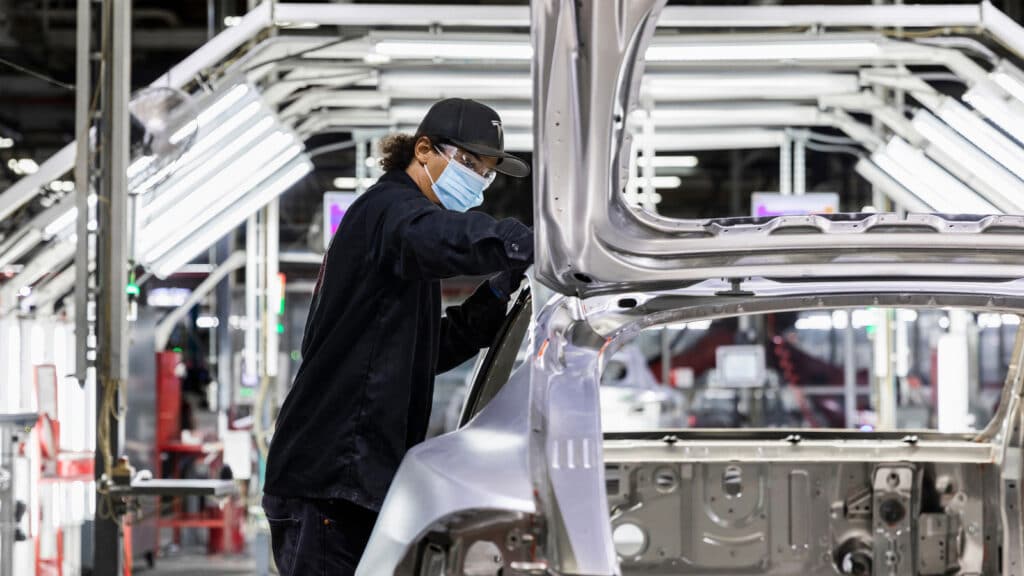
From approximately 75% today, Bank of America Securities’ John Murphy forecasts Tesla’s share will slide to just 11% by 2025. During the same period, both General Motors and Ford will see their share of the emerging market for BEVs grow to about 15% each.
“Tesla didn’t move fast enough … to shut the door” on its competition, Murphy said during a presentation to the Automotive Press Association in Detroit on Thursday, and with both legacy and startup competitors racing new products to market, Tesla’s left itself vulnerable.
EV market growing — but so is competition
Now based in Texas, Tesla was the first automaker to go all-electric, and the first to introduce long-range vehicles — those capable of delivering more than 200 miles per charge. That has paid off handsomely, the company delivering both rapid growth in demand and accelerating earnings.
On a global level, Tesla sales are expected to as much as double this year, with two new plants in Berlin and Texas yielding a major increase in capacity. But demand for EVs, on the whole, has expanded even more rapidly, surging from barely 1% of the overall U.S. market in 2019 to about 5% today.
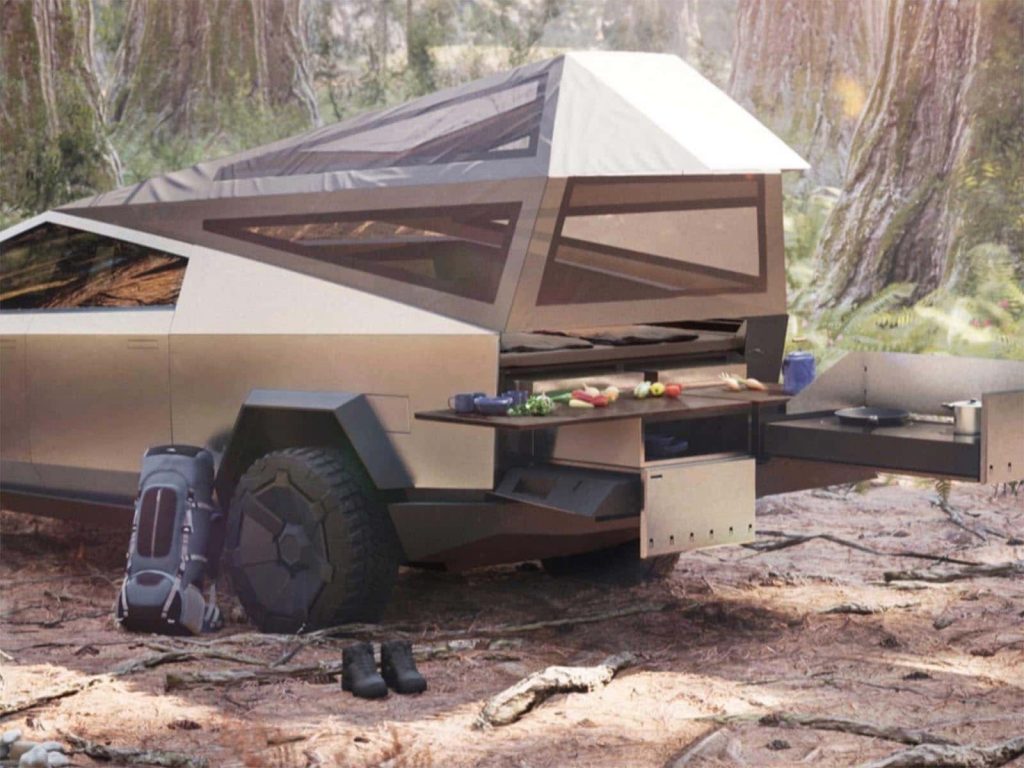
The broad consensus is that all-electric vehicles will reach a share of 20% by mid-decade — though Murphy cautioned that it may only reach 10% if automakers can’t rein in rising costs. Tesla, for example, has increased the price of its products by as much as $6,000 since the beginning of this year.
Price hikes are just one of the challenges facing Tesla, in particular. The even bigger issue is the wave of new competitors coming to market.
Where’s Cybertruck?
A year ago, GM had just two long-range models on sale, the Chevrolet Bolt EV and Bolt EUV. It recently launched the GMC Hummer EV and will start delivering the new Cadillac Lyriq to customers in July. By 2025 it plans to have as many as 30 models on sale — though not all will be offered in the U.S.
Ford’s Mustang Mach-E is now the third best-selling BEV in the U.S., behind the Tesla Model Y and Model 3. And it claims to have orders for more than 200,000 of the new F-150 Lightning. Significantly, that pickup beat the long-awaited Tesla Cybertruck to market.
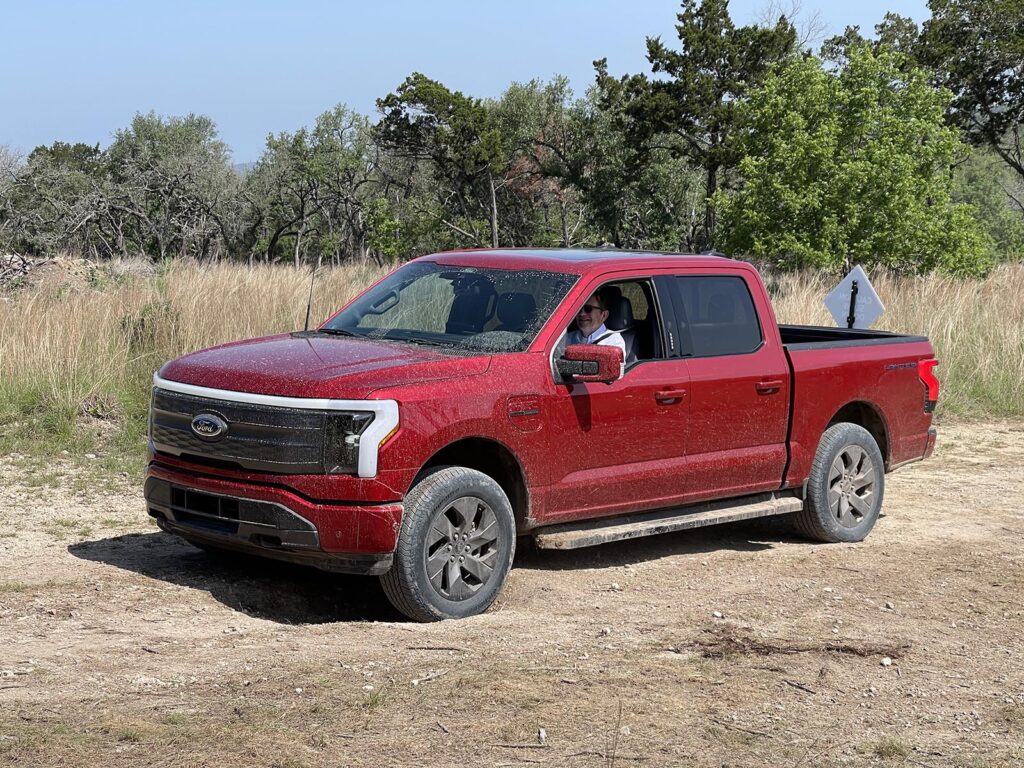
Though Tesla has rolled out prototypes of its own pickup in recent months, it has yet to confirm when Cybertruck will go on sale. That’s not expected to happen until mid-2023, according to most industry trackers, and some question whether it ever will reach customers. In the meantime, Chevrolet, Dodge and other legacy manufacturers will launch their own pickups. And startup Rivian is working to boost production of its own truck, the R1T.
The situation for Tesla “gets tougher” with each new, competing product that comes to market, said Murphy.
“Giant money furnaces”
Tesla CEO Elon Musk has raised some concerns in recent months. He acknowledged there will be challenges getting Cybertruck out. More significantly, he has confirmed that there won’t be any additional Tesla products coming out for the next three years beyond those already announced.
That leaves the automaker competing in a narrow band of product segments while competitors expand the range of options buyers will be able to choose from. In particular, Musk said earlier this year that Tesla has put on indefinite hold plans to develop entry-level models. GM, on the other hand, dropped the price of the Bolt EV to around $27,000, and will launch an all-electric version of the Chevy Equinox for around $30,000, according to CEO Barra. As part of a joint venture with GM, Honda also plans to launch new BEVs at under $30,000.
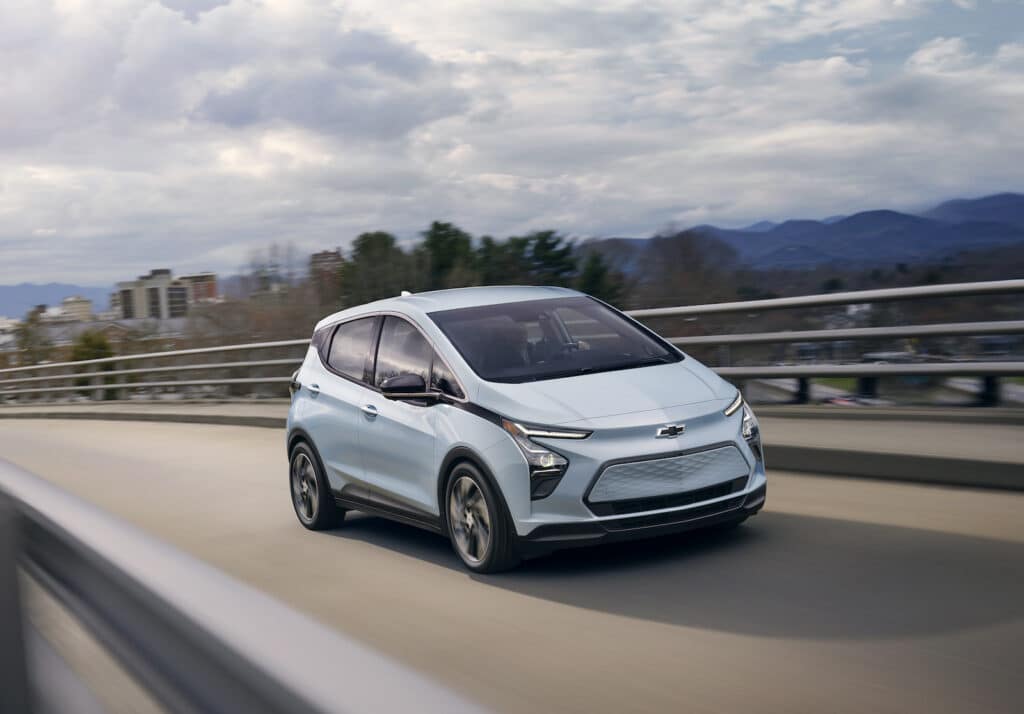
Tesla does have significant new capacity to tap into, but the ongoing semiconductor shortages have slowed the ramp-up of the facilities in Berlin and Texas, as well as China following the recent COVID-related shutdown. As a result, Musk said last week, they have become “giant money furnaces.”
“It’s really like a giant roaring sound, which is the sound of money on fire,” Musk added.
Rising costs
Tesla isn’t the only automaker facing problems. The chip shortage and other supply chain issues have hit BEV production especially hard. The typical all-electric model now costs about $10,000 more than a conventional gas vehicle to assemble, or about $42,000 overall. (At a retail level, consumers are paying an average $62,000.) And the gap is widening as key BEV components and raw materials surge in price.
The cost of battery-grade lithium carbonate, for example, has spiked by more than 400% this year, TheDetroitBureau.com reported on Wednesday.
This week, Stellantis Chief Manufacturing Officer Arnaud Deboeuf warned in a Bloomberg interview that if EV costs can’t be reined in, “the market will collapse.”
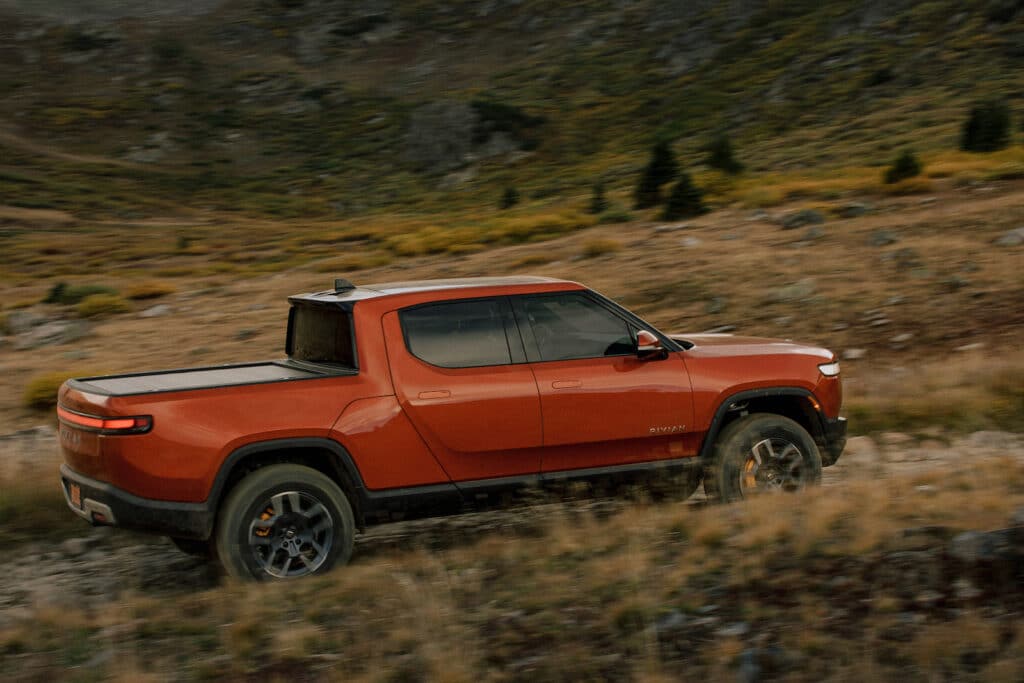
“A big miss”
In his “Car Wars” presentation on Thursday, analyst Murphy said Tesla could have ensured it pretty much retained a lock on the BEV market if it had moved even more aggressively during the last decade. It could have tapped even more capital at negligible interest rates, adding more products and boosting production even more rapidly — before competitors were ready to take aim. Now, the cost of capital has increased sharply and companies like GM, Ford, Hyundai and Kia are rapidly expanding their own BEV production capacity.
“Tesla didn’t move fast enough. That,” said Murphy, was a “big miss on his part.”
Adding to the automaker’s problems, Murphy believes Tesla’s high-profile CEO is being “distracted” by his bid for Twitter and other moves, so it is “clear … his focus is not on the auto company anymore. And that’s a fundamental negative that will impact (Tesla) over time.”
Murphy also called out Musk’s increasingly politicized and controversial tweets which, he warned, seem to take aim directly at the sort of buyers that make up Tesla’s core market. While the carmaker has an extremely loyal following, Musk could alienate both existing owners, as well as future BEV buyers, who will have a wide range of alternative products to choose from.
Auto Lovers Land
Comments
Post a Comment